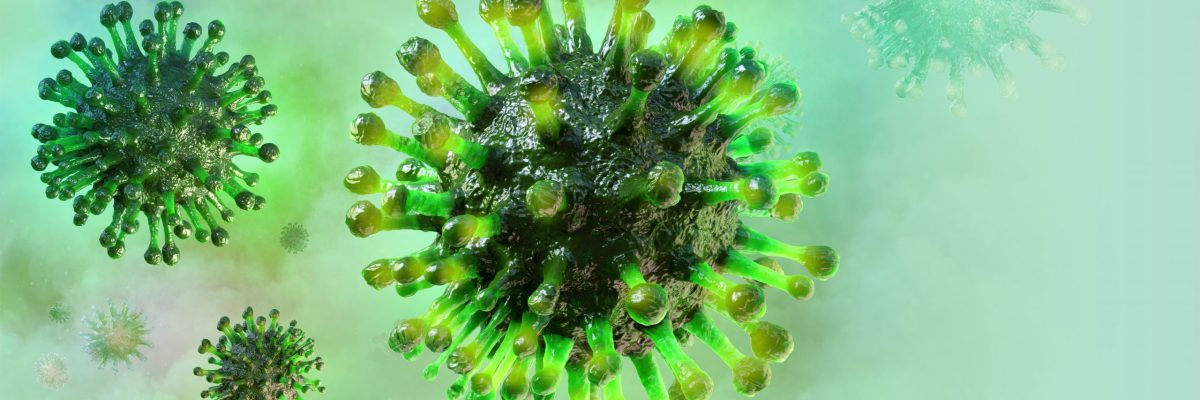Humidity and Covid 19
Huic ostiarius2021-10-07T17:35:01+00:00
Relative humidity and viruses
The right relative humidity (RV 50%) ensures that the spread of Corona is significantly limited and our immune system is more resistant to it.
Lisa M. Casanova, Soyoung Jeon, William A. Rutala, David J. Weber, Mark D. Sobsey
This study was conducted to examine the effects of air temperature and humidity on coronaviruses. The two viruses examined are similar to SARS-CoV. Due to the great challenges of researching this virus, “replacement” viruses have been chosen to gain a better understanding of the survival and persistence of coronaviruses. This makes it possible to investigate the potential risk of transmission and precautions against viruses, such as SARS-CoV.
This research shows that viruses become inactive faster at 20°C than at 4°C, but above all the research showed that the viruses have a greater chance of survival at low relative humidity. The infectious virus deposited on stainless steel surfaces persisted for at least 3 days at the correct humidity (50% RH, 20°C) and up to 28 days at the incorrect humidity (20%). Read more about the details of the investigation below.
Method
Thin stainless steel test samples were inoculated with a known number of viruses. The fluid used corresponds to the human body fluid (human secretions). The test samples were sealed in containers. After this, 9 temperature and humidity controlled environments were created with the temperatures 4°C, 20°C and 40°C and humidities of 20% RV, 50% RV and 80% RV.
The rate of virus inactivation at the different controlled conditions was measured by viral plaque assays (number of viruses inducing a cytopathic effect) at time t (Nt), compared to the initial virus concentration (NO) expressed as log10. Sampling took place at different intervals for the different conditions.
The result
The greatest level of virus inactivation occurred at 50% RV.
- The lowest level of virus inactivation occurred at 20% RV.
- Inactivation was faster at 20°C than at 4°C, at all humidity levels.
- Both viruses were inactivated faster at 40°C than at 20°C.
- The relationship between inactivation and RV was not monotonic and there was greater survival or greater protective effect at low RV (20%) and high RV (80%) than at medium RV (50%).
- The infectious virus deposited on stainless steel surfaces persisted for at least 3 days at 50% RV (20°C) and up to 28 days at 20% RV (-2 log10).
The study suggests that the animal coronaviruses under investigation (TGEV and MHV) could serve as conservative surrogates for modeling exposure, transmission risk, and control measures for human pathogenic viruses, such as SARS-CoV and other coronaviruses.

